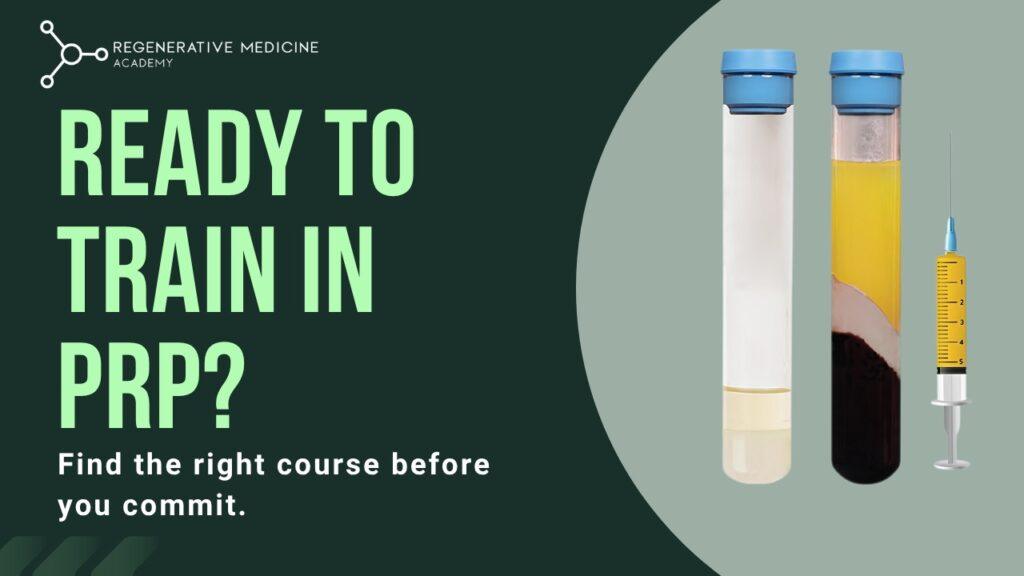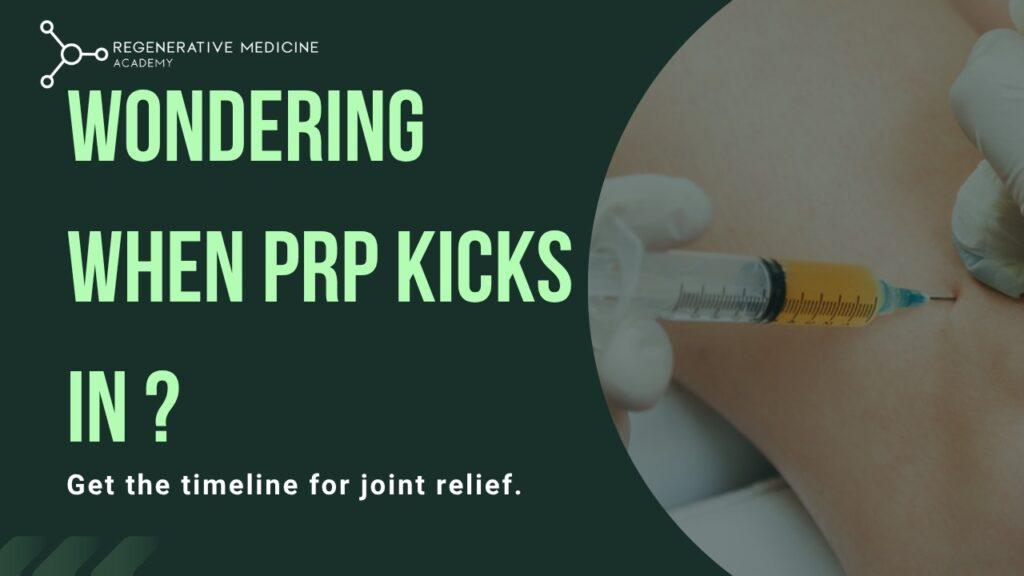You’ve heard the buzz. Platelet-Rich Plasma (PRP) is making waves in regenerative treatments—from joint care to aesthetic medicine. Patients are asking about it, colleagues are offering it, and now you’re wondering if it’s time to get trained.
But with so many PRP training courses available, where do you begin?
Before you enroll in a course, it helps to know what’s covered, how training is structured, and which applications might matter most for your practice—whether you’re interested in orthopedic procedures or PRP for hair loss training. This blog breaks it all down so you can make an informed decision.
Why PRP Training Matters for Today’s Clinicians
PRP therapy uses a patient’s own blood, processed in a centrifuge to isolate platelets, and reinjected into specific areas to promote healing or regeneration. Because it’s safe, minimally invasive, and popular among patients looking for natural treatments, PRP has become a staple across multiple specialties.
To perform it safely and successfully, clinicians must complete formal training. That’s where PRP training courses come in—offering structured education, hands-on practice, and guidance through real-world applications.
Whether you’re new to PRP or brushing up on techniques, choosing the right course starts with understanding what’s actually included.
What Is a PRP Course?
Let’s begin with a basic definition. What is a PRP course?
A PRP course is a professional learning program designed to teach licensed healthcare providers how to administer Platelet-Rich Plasma therapy. Courses may vary in length, format, and clinical focus but generally aim to cover:
- The science behind PRP
- How to draw and process blood correctly
- Injection techniques
- Patient screening and consent
- Post-treatment care
Some courses are broad, while others offer specialization tracks like PRP for hair loss training or facial rejuvenation protocols. Most conclude with certification to validate the skills you’ve learned.
Training Structure: What to Expect from PRP Training Courses
A well-structured PRP training course usually includes the following components:
1. Theoretical Modules (Online or In-Person)
You’ll begin with core concepts, including:
- Platelet biology and wound healing
- Different types of PRP (pure PRP vs. leukocyte-rich PRP)
- Centrifugation principles
- Common indications and treatment protocols
Courses often deliver this content through video lectures, slide decks, or live classroom sessions.
2. Live Demonstrations and Hands-On Practice
This is where you learn how to:
- Draw blood safely
- Handle PRP preparation kits
- Use centrifuge machines correctly
- Perform injections using anatomical landmarks or ultrasound guidance
In some programs, trainees practice on simulation models, cadavers, or even under supervision with real patients.
3. Safety and Legal Guidelines
You’ll also cover infection control, contraindications, informed consent, and record-keeping requirements.
4. Business Integration (Optional)
Some PRP training courses include practice management tips like pricing models, patient communication strategies, and setting up PRP services within an existing clinic.
Key Applications Covered in Training
One of the biggest decisions you’ll face is whether to take a general PRP course or one focused on a specific niche. Here are the most common areas of focus:
A. Musculoskeletal Applications
These are ideal for orthopedic, sports medicine, and pain management clinicians. You’ll learn how to inject PRP into:
- Knees (osteoarthritis)
- Tendons (e.g., tennis elbow, Achilles tendinopathy)
- Ligaments and joints
B. PRP for Hair Loss Training
A growing number of dermatologists and aesthetic practitioners are offering PRP for androgenic alopecia or thinning hair. Training covers:
- Scalp anatomy
- Needle depth and spacing
- Patient expectations and session planning
C. Facial Rejuvenation
This area covers procedures like the “vampire facial,” PRP with microneedling, or injections for under-eye circles and acne scars. You’ll learn about:
- Facial injection zones
- Blending PRP with other skin treatments
- Contraindications for cosmetic PRP
Each specialization may include unique tools, techniques, and post-treatment protocols, so choose a course that aligns with your intended use.
Certification Pathway: What Happens After You Complete the Course?
Once you finish the modules and pass any required assessments, most programs issue a certificate of completion. While PRP isn’t strictly regulated by national boards, certification adds credibility.
Benefits of Certification Include:
- Documentation of formal training for malpractice coverage
- Improved patient trust and marketing credibility
- Greater confidence in applying the techniques learned
Some providers may also include continuing education (CE/CME) credits, especially in the U.S. and Canada, which adds further value to your certification.
How to Choose the Right PRP Training Course
Not all PRP training options offer the same value. When evaluating a course, consider the following:
1. Instructor Experience
Are the trainers licensed medical professionals with real clinical PRP experience? Look for instructors who have performed PRP regularly in their own practice.
2. Course Format
Some courses are entirely in-person, others are hybrid (online theory + in-person practice), and a few are fully online. Choose based on your schedule and comfort level.
3. Practical Access
Ensure the course offers a genuine opportunity for hands-on learning. Video demos are helpful, but nothing replaces practicing injections and preparation under supervision.
4. Specialization
If you’re primarily interested in cosmetic use or orthopedic applications, look for programs that cater to those needs.
5. Post-Training Support
Quality programs often provide follow-up resources like procedure videos, access to mentorship, or invitations to alumni Q&A sessions.
FAQs About PRP Training Courses
Who can enroll in PRP training courses?
Most programs are open to licensed professionals—MDs, DOs, NPs, PAs, RNs, and sometimes dentists and chiropractors, depending on local regulations.
How long does a course usually take?
It varies. Basic PRP training may be completed in a weekend, while advanced or multi-specialty tracks may span several days or include follow-up assessments.
Is it worth it if I already offer injections?
Yes. While injection skills may carry over, PRP preparation and application require specific techniques, sterile processing, and dosing that general injection courses don’t cover.
Final Thoughts
Whether you’re expanding an existing clinic or exploring regenerative medicine for the first time, choosing the right PRP training course is the first step to offering safe and effective care. You’ll walk away with essential clinical knowledge, practical injection skills, and a certification that supports your credibility.
From understanding what is a PRP course to finding specialized tracks like PRP for hair loss training, your investment in training will prepare you to confidently add this valuable service to your practice.
Ready to Begin Your PRP Training?
Regenerative Medicine Academy offers expert-led PRP training courses built for busy clinicians like you. Learn through flexible online modules, attend hands-on workshops, and gain certification in the PRP applications that matter most to your patients.Explore upcoming courses and get certified with Regenerative Medicine Academy today.



